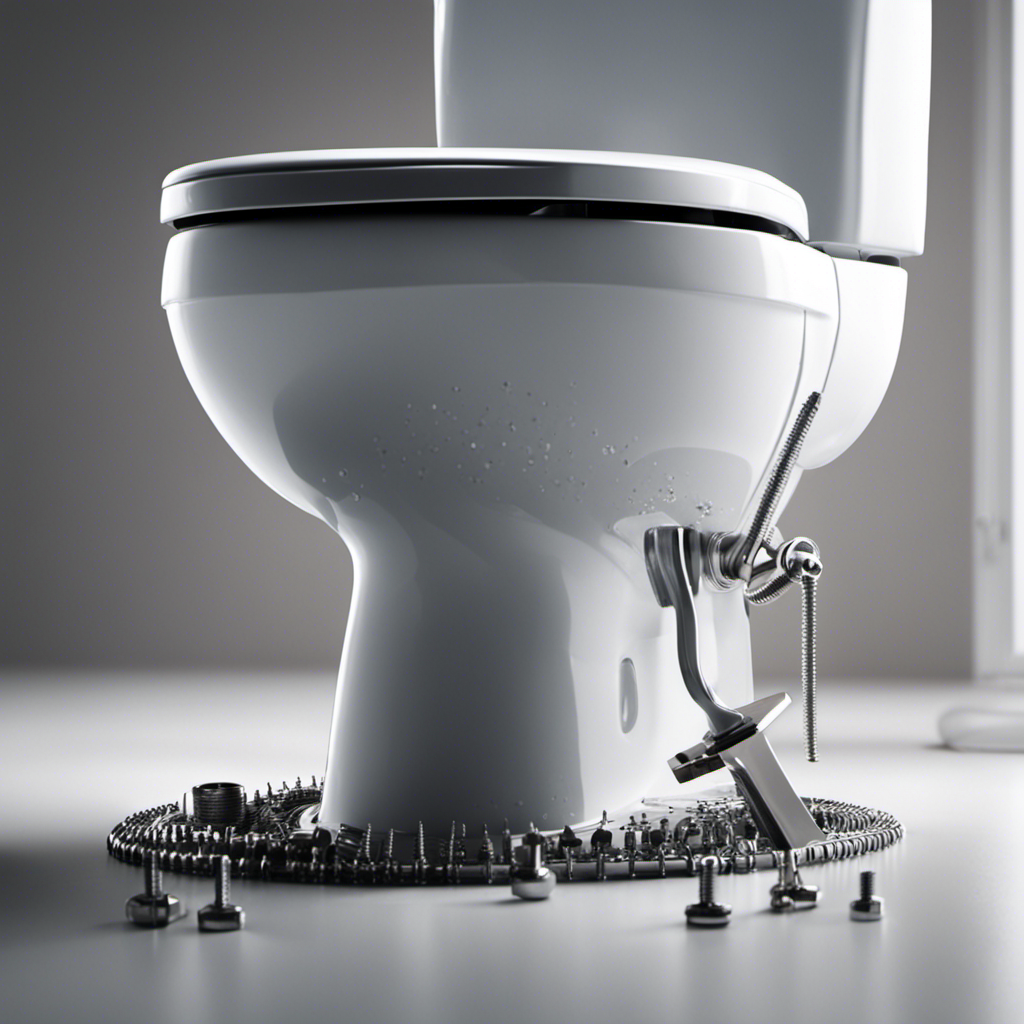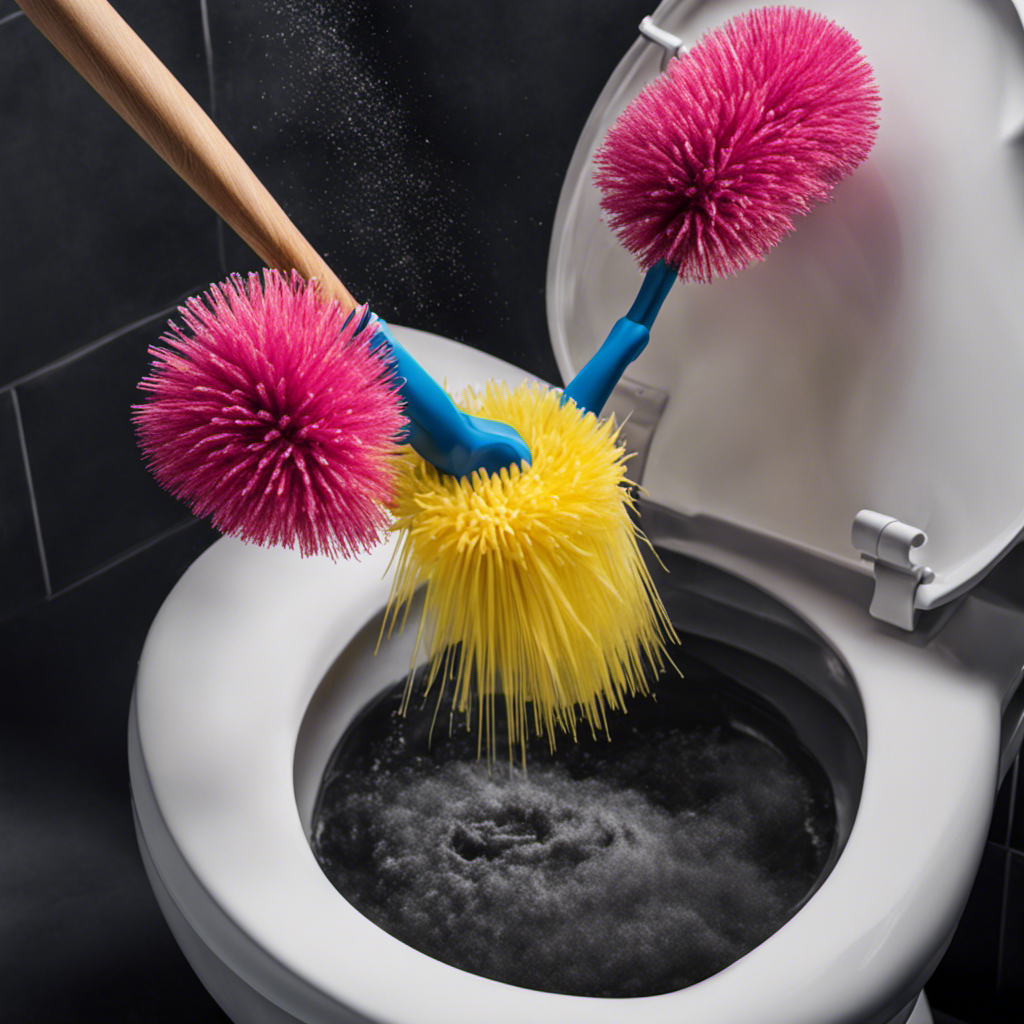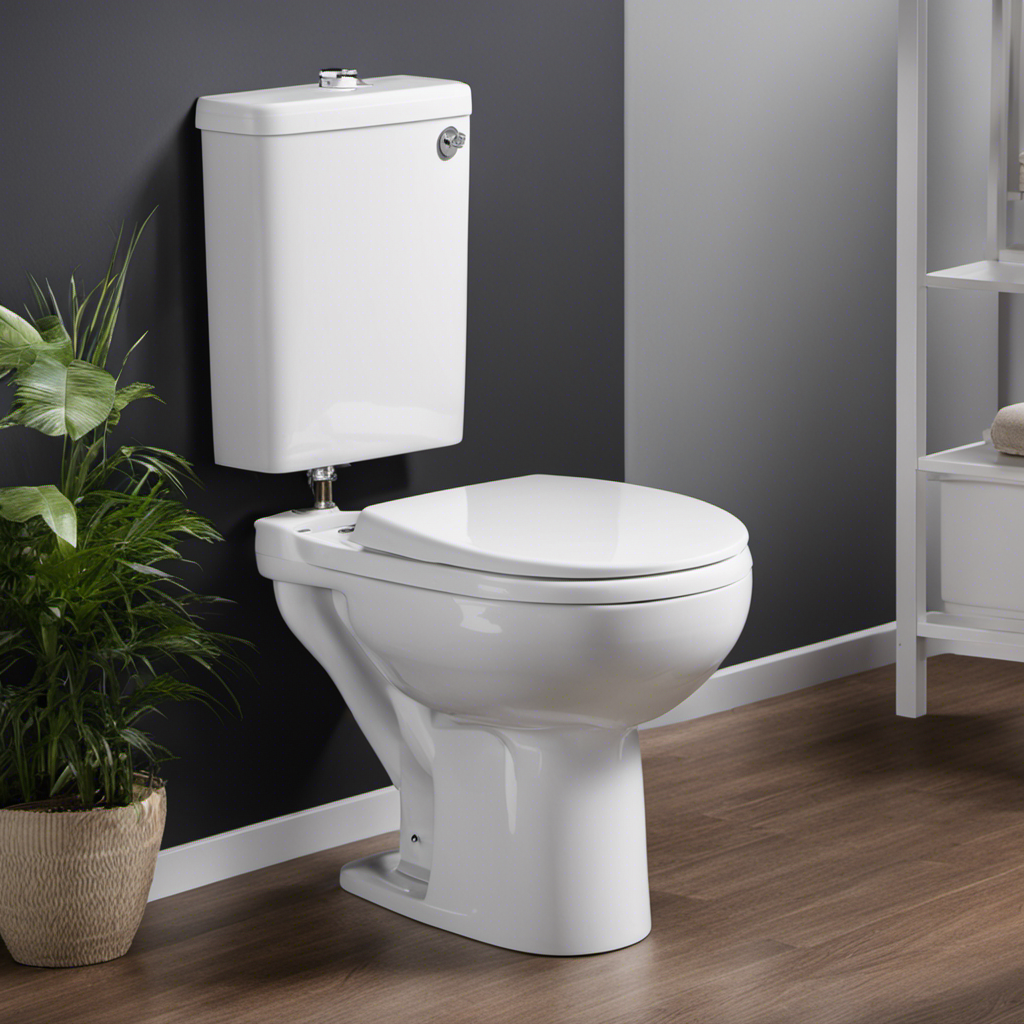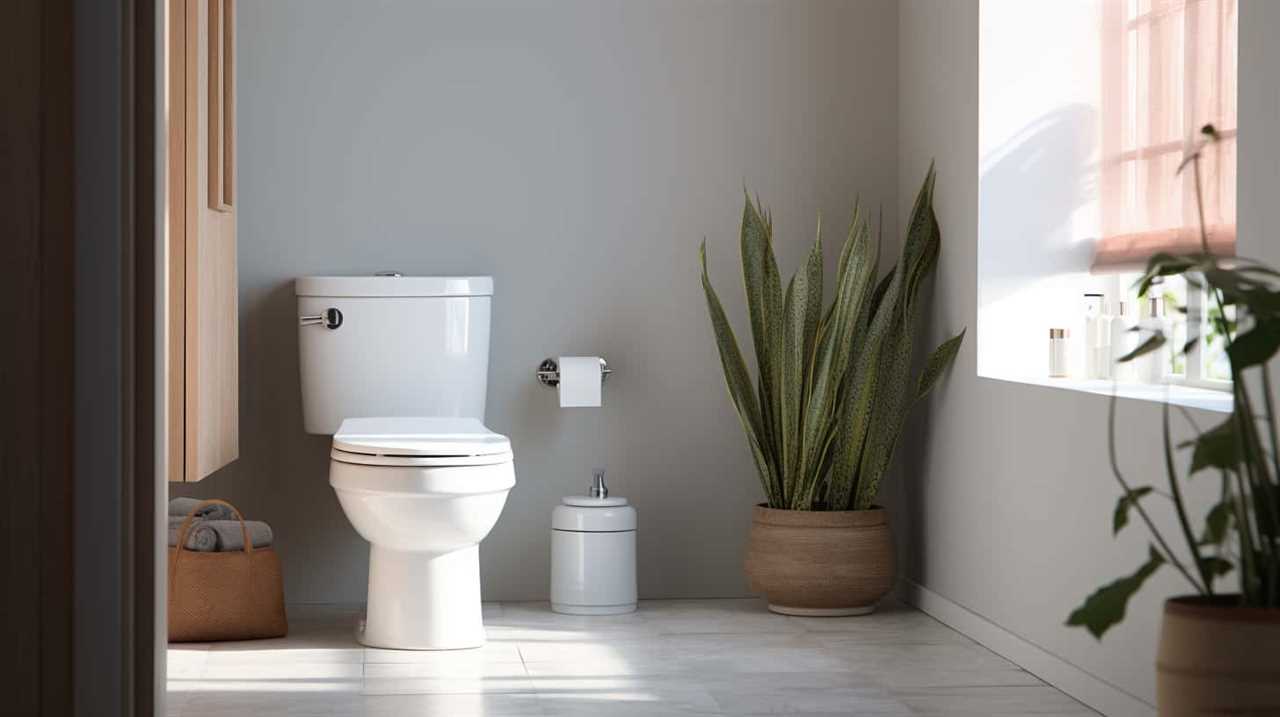I’ve been in that situation before – the power goes out and suddenly you’re left wondering how to flush a toilet without any electricity. It can be a stressful and messy situation if you’re not prepared.
That’s why I’m here to share with you some practical tips and solutions for flushing a toilet without power. From utilizing gravity to finding alternative water sources, I’ll guide you through step-by-step instructions on how to handle this situation with ease.
So, let’s get started and ensure you’re ready for any power outage that comes your way.
Key Takeaways
- Use a bucket filled with water or a trash bag lined with kitty litter/sawdust as a makeshift toilet to conserve water during a power outage.
- Press the flush lever downwards to lift the flapper valve and utilize gravity to flush the toilet.
- Consider utilizing alternative water sources such as rainwater collection systems to conserve water for flushing.
- Use DIY solutions like pouring water forcefully into the toilet bowl, using portable camping toilets, or natural remedies to maintain flushing functionality during a power outage.
Understanding the Basics of Toilet Flushing
To understand the basics of toilet flushing without power, you’ll need to know how the flush mechanism works. When you press the flush handle, it lifts a chain or rod connected to a flapper or valve at the bottom of the tank. This releases water from the tank into the bowl, creating a siphoning action that carries away waste.
To conserve toilet water in emergency situations, you can limit the amount of water used for each flush. Some emergency toilet options include using a bucket filled with water to manually pour into the bowl, or using a large trash bag lined with kitty litter or sawdust as a makeshift toilet. These options allow for waste disposal while minimizing water usage.
Now, let’s explore utilizing gravity to flush a toilet.
Utilizing Gravity to Flush a Toilet
Gravity helps move waste through the pipes when flushing a toilet. To utilize a gravity-powered flush, start by pressing the flush lever downwards. This action lifts the flapper valve, which releases water from the tank into the bowl.
As the water fills the bowl, gravity takes over, creating a force that pushes the waste through the trapway and into the sewage system. It is important to note that gravity-powered flushes are more efficient when the toilet is properly maintained. Regular cleaning and avoiding the use of excessive toilet paper can prevent clogs and ensure a smooth flush.
Additionally, water-saving techniques such as dual flush systems or adjusting the water level in the tank can help conserve water while still achieving an effective flush. Transitioning into the next section, using alternative water sources for flushing can be another way to save water and maintain a functional toilet.
Using Alternative Water Sources for Flushing
If you’re looking to conserve water, consider using alternative sources for flushing your toilet. One effective method is rainwater collection. Here’s a step-by-step guide on how to utilize rainwater for flushing:
-
Install a rainwater collection system: Set up a rain barrel or a larger cistern to capture rainwater from your roof.
-
Filter the water: Use a mesh screen or a filter to remove debris and leaves from the collected rainwater.
-
Set up a separate plumbing system: Connect your rainwater collection system to a separate pipe that leads directly to your toilet tank.
-
Use the rainwater for flushing: Instead of using freshwater from your main water supply, open the valve that allows rainwater to flow into your toilet tank when you flush.
DIY Solutions for Flushing Without Power
When the electricity goes out, there are DIY solutions available that can help you maintain flushing functionality in your bathroom. Here are four portable options and natural remedies you can try:
-
Fill a bucket with water: Keep a bucket nearby and fill it with water from a reliable source, such as a bathtub or a rain barrel. When you need to flush, pour the water into the toilet bowl forcefully to create enough pressure for a flush.
-
Use a portable camping toilet: If you have a portable camping toilet, fill it with water and use it as a temporary solution until the power comes back on. These toilets are designed to be easy to use and transport.
-
Collect rainwater: If it’s raining, place a container outside to collect rainwater. This can be used to flush the toilet when needed. Just make sure the container is clean and free of any contaminants.
-
Utilize natural remedies: Some household items can help break down waste and control odors. For example, vinegar and baking soda can be mixed and poured into the toilet bowl. Let it sit for a while before flushing.
With these DIY solutions, you can maintain flushing functionality in your bathroom during a power outage.
Preparing for Power Outages: Toilet Flushing Alternatives
During a power outage, there are alternative methods you can use to maintain bathroom functionality. It’s important to be prepared for emergencies by having the necessary supplies on hand. Here’s a step-by-step guide on how to flush a toilet without power, while also conserving water.
-
Fill a large bucket or container with water. This will serve as your flushing water.
-
Slowly pour the water into the toilet bowl, aiming for the back of the bowl. Be careful not to overflow it.
-
Use a plunger to create pressure and force the water down the drain. Repeat this process a few times if necessary.
-
If you don’t have a plunger, try pouring a bucket of water from a higher distance to create a flushing effect.
-
Remember to use the least amount of water needed to flush, in order to conserve your emergency water supply.
Conclusion
So there you have it, folks! Now you know how to flush a toilet without power.
It may seem like a daunting task, but with a little creativity and resourcefulness, you can still keep your bathroom clean and functioning even during a power outage.
Remember, gravity is your friend, so use it to your advantage. And don’t forget to have alternative water sources on hand, like buckets or rainwater, just in case.
By being prepared and knowing these DIY solutions, you can confidently navigate any power outage and keep your toilet flushing smoothly.
Happy flushing!










